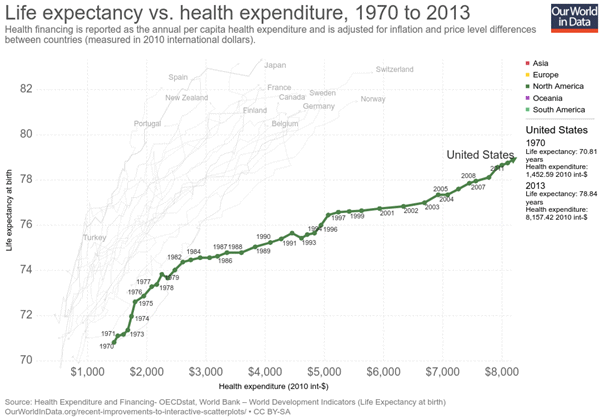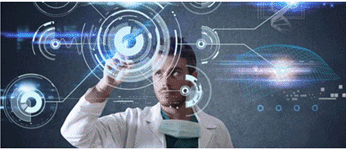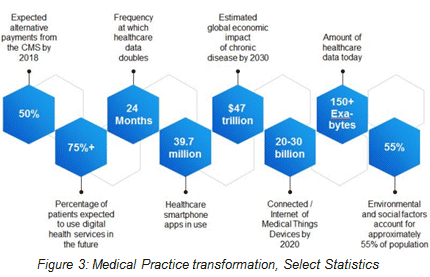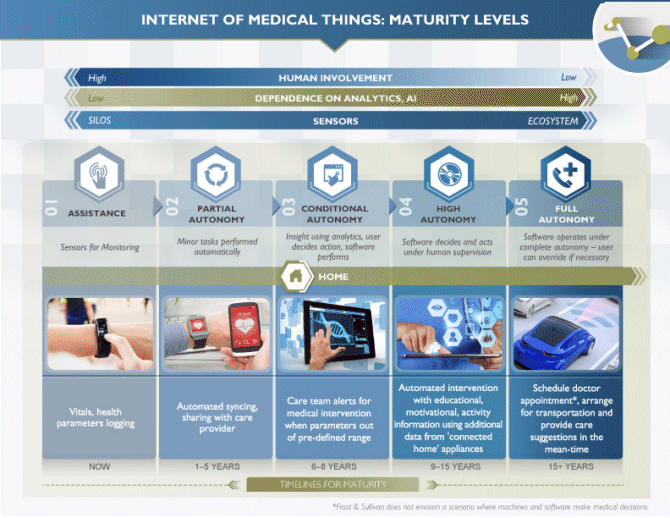Is Healthcare becoming a Data Science Driven by Clinicians?
Undoubtedly the current model of sick care is unsustainable due to a number of compelling reasons. The aging population burden tops the list. The United Nations’ World Population Aging Report paints a grim picture for the future (see Figure 1) – from 2025 and beyond, the share of the elderly population (aged 60 and above) is set to rise, while the share of the working adult population to support this elderly population remains constant, and even drops after 2030.

Figure 1: Global Population Distribution by Age Group, 2000-2050
Disconnect between Healthcare Spending and Patient Outcomes
At the same time, the world is grappling with a significant disconnect between health spending and actual patient outcomes. Consider the parameter of life expectancy (see Figure 2, sourced from Our World in Data). Of course, the United States is an outlier, but even with other developed nations such as Switzerland and Norway, for example, the expenditure on health is higher than the rest, and yet does not lead to a proportionate increase in life expectancy – some nations actually spend less and yet achieve similar life expectancies.

Figure 2: Life Expectancy vs. Health Expenditure, 1970-2013
Clearly, the current healthcare situation is economically unsustainable. But more importantly, this situation is set to get worse with an increasing aging population that demands more care services and hence higher healthcare expenditure. The importance of wellness and prevention becomes even more paramount in this current situation
Less than 50 percent of Medicine is Evidence Based and Lacks Accuracy and Continuity
Another startling phenomenon is that less than 50% of medicine is evidence based. Studies conducted in oncology have shown that 44% of cancer treatments are later altered during the subsequent course of treatment, highlighting the issue of treatment accuracy gaps. Additionally 20% of diagnostic tests often have to be repeated because of misdiagnosis or false diagnosis resulting in inaccurate treatment. Of course the whole paradigm of healthcare is episodic and not continuous which is problematic today especially for management of chronic diseases.
Explosion of Health Information Availability
An overwhelming amount of medical information is available – more than 25 million published scientific papers are available on Pubmed. Obviously, keeping up with developments is humanly impossible for any physician. Not just the healthcare industry, but the very practice of medicine itself is also transforming. Consider the following statistics (see Figure 3). With increasing adoption of digital health technologies such as wearables and smartphone apps, the amount of health information available today (150 Exabyte’s, with 1 Exabyte being 1,000,000 terabytes of information) is set to grow exponentially. Internet of Things approach to healthcare is bound to generate mounds of data that may seem to be exacerbating the situation for doctors. However, technologies such as Big Data analytics and artificial intelligence are much more powerful than the human brain to not only process the large volumes of data, but also to deduce actionable insights for doctors to process and leverage.
Defining the Nexus of Disease Prevention and Treatment with Health Analytics
 In a heightened era of population health analytics and continuous and interoperable digital health information, the practice of medicine is becoming more of an art form than a scientific process. A doctor’s education, clinical experience and intellectual instinct may never be entirely replaced by machine learning or AI software. However, recent health information technological and life sciences advances are making it increasingly plausible to avert several current challenges. Physiological function sensors are becoming commoditized, and with wireless communication technologies, the Internet of medical things approach to care is poised to take hold in the delivery of healthcare in the United States.
In a heightened era of population health analytics and continuous and interoperable digital health information, the practice of medicine is becoming more of an art form than a scientific process. A doctor’s education, clinical experience and intellectual instinct may never be entirely replaced by machine learning or AI software. However, recent health information technological and life sciences advances are making it increasingly plausible to avert several current challenges. Physiological function sensors are becoming commoditized, and with wireless communication technologies, the Internet of medical things approach to care is poised to take hold in the delivery of healthcare in the United States.

Providers, who have historically been at the epicenter of all things medicinal, are being asked to engage with an ever growing onslaught of sophisticated and highly functional digital assets. Today’s physicians are being presented with unprecedented real-time access to medical databases in a cloud environment that hold, literally, the entire history of clinical care, symptomology, 3D images of tumors, diagnosis and prognosis for every conceivable rash or physical malady known to man. What modern medicine is doing with this revelation is not yet clear. Presently, a redefining of the processes and practices of medicine are being explored with amazing innovation driven by a new found over- arching quest for improved quality outcomes.
Make no mistake the paradigm of the traditional doctor patient relationship is shifting from one of 100% reliability on the physician to virtually drive every aspect of care to one of virtual and digital collaboration along the continuum of health analytics across the entirety of the care ecosystem. Additionally, millennials prefer to see doctors virtually rather than face to face which will accelerate this trend.
This Darwinian step of medical practice evolution has led to the discovery of a unique opportunity to shift even further the paradigm of medicine to one of understanding the underlying precursors to all forms of disease by statistically performing a multi-variate regression analysis for every dependent variable in our environment. The results of which, when arrayed in rank order by coefficient of correlation (r²) reveals in conjunction with genomic data what specific chronic and degenerative disease threats pose the greatest health threat uniquely for every individual. Moreover, it will display what the precursors to these diseases will be, where and how to monitor them, and how to prevent the onset of these very same debilitating diagnoses.
Doctorless Care of the Future
The care taker now becomes more of a lifestyle health tour guide, monitoring one’s journey from birth to death, carefully ensuring one’s metabolic and physiologic road map does not make a dangerous turn in to an oncoming genomic triggered fatality. By doing so, we now place patients at the epicenter of the healthcare delivery model and physicians will work in collaboration with life science technology to prescribe not a cure, but rather a pathway to true whole health by preventing disease. As automation sets in, the future of healthcare will move towards full autonomy (Figure 4), assisting doctors in their quest of preventing disease.

Figure 4: Maturity levels for automation in healthcare
With a scientific paradigm shift of this magnitude modern medicine will then fulfill the man-made Triple Aim of healthcare with physicians and patients sharing responsibility for improving the overall health of the population, improving each clinical outcome, and by doing so, reduce the per capita cost of healthcare.
Conclusion
Science, specifically the practice of medicine using the scientific process as its foundation to diagnose and cure disease is being modified within its own intellectual applications. With the recent robust embodiment of health analytics aligning with the life sciences, the practice of medicine is evolving not as a result from an environmental threat or for survival of the fittest species, but rather for the preservation of life for a particular genus species, Homo sapiens.
Health historically has been defined as a living organ absent of the presence of disease. With a better understanding of the organic and environmental causes of disease through applications of health analytics, physicians can now take calculated actionable steps to prevent disease. With this, society will recognize a need for cultural change to transform the practice and economic model of healthcare delivery. Physicians will be called upon to paint a palette of a unique lifestyle for each of their patients for achieving true health, unique to their individual environment and human genome.
Hence, we are not anticipating an ecosystem where we do not need doctors, rather we suggest embracing a new era of working with physicians so that we can achieve true health. Because we now recognize the many causes of disease through health analytics and digital health information, health can be now defined as achieving a disease free lifestyle by embracing a culture of optimum health, thus preventing disease.



